Scientists have learned to identify people by their brain activity
«Brain imprint» Russian scientists have learned to do this by analogy with a fingerprint. At the Institute of Management Problems. V. A. Trapeznikov RAS conducted a study of human identification based on brain activity. Senior researcher at the IPU RAS Daniyar Wolf told «MK» about a method by which you can completely reliably protect yourself from fraud with biometric data.
 Daniyar Wolf
Daniyar Wolf
This work is closely related to technologies for controlling cyber-physical systems using the so-called “power of thought.” Everyone is aware of the latest achievement of Elon Musk’s company, which implanted a chip in the brain of an immobilized patient, who began to successfully control a computer mouse with the power of thought. Our scientists from the Institute of Computer Science of the Russian Academy of Sciences have gone further in the field of interpretation of brain waves – were the first in the world to learn to identify people based on neural signals.
– All previously developed methods allow a certain percentage of fraud with biometric data: a fingerprint can be copied, a machine can be deceived with both the face and the retina of the eye, for example, by presenting the desired photograph to the camera. But this number will not work with the bioelectric activity of the brain; it cannot be faked. This is perhaps the only identification method in which a person must appear alive in front of the computer.
– We have been working on medical cybernetics for several years, collecting a database on the alpha and beta rhythms of the brain using an electroencephalogram. At some point I asked myself the question: are brain waves unique to each individual person? Thus began research in this direction.
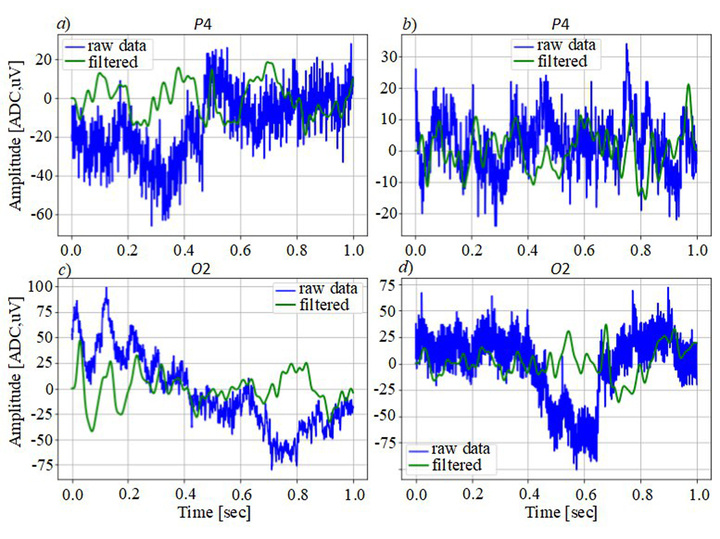 This is what the original signal looks like, which was obtained electroencephalographically. Photo courtesy of D. Wolf
This is what the original signal looks like, which was obtained electroencephalographically. Photo courtesy of D. Wolf
You know how an electroencephalogram is collected: a cap with electrodes is placed on the patient’s head, each of which is aimed at a corresponding area of the brain, reflecting auditory, visual and other potentials. These potentials can be represented as spectrograms. So we decided to conduct an experiment among several dozen volunteers – men and women from 17 to 23 years old. After making sure that each of them was in a normal, unaltered state, had good vision and did not have any neurological diseases, we put on each of them An EEG cap was used to influence the retina using an LED. We fired flashes at a certain frequency – 1, 8 and 14 Hertz. The signal, hitting the retina, then went to the brain. And its response electrical signal with a certain frequency was recorded by an electroencephalograph.
We presented the obtained electroencephalogram data in the form of spectrograms reflecting the peculiarities of the brain activity of each participant in the experiment, and then using them we trained the neural network to identify our volunteers.
– So far the accuracy is 70 percent, and we continue to work to increase it. It must be said that at the first stage we did not strive for absolute accuracy of the result – It was important to show that EEG data are individual.
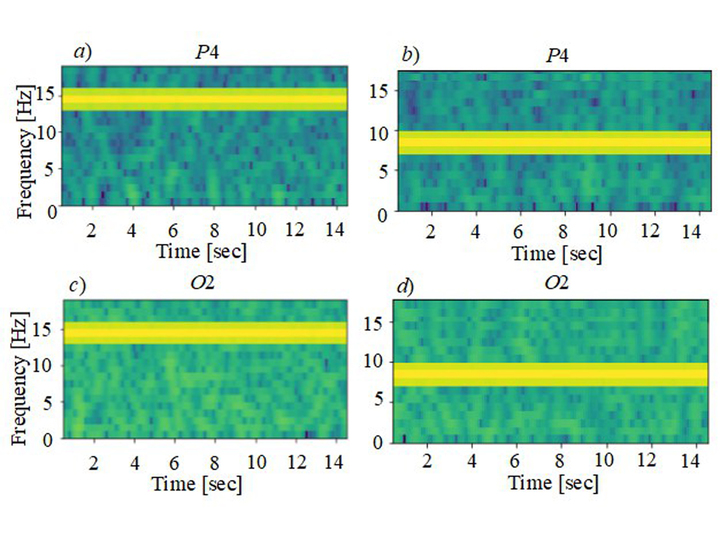 This is what the spectrograms of the received signals look like (the yellow lines are the evoked potentials). Photo courtesy of D. Wolf
This is what the spectrograms of the received signals look like (the yellow lines are the evoked potentials). Photo courtesy of D. Wolf
– In the future, having trained the machine on a large material of brain rhythms, we want to test the hypothesis about whether they have common gender and age differences, whether it is possible to understand at the first stimulation of the retina with an LED whether a person is sober or not. Instantly identifying a person’s altered consciousness based on brain function would be the most reliable way to avoid allowing such a person to drive. There are a huge number of directions for scientific and engineering research here.








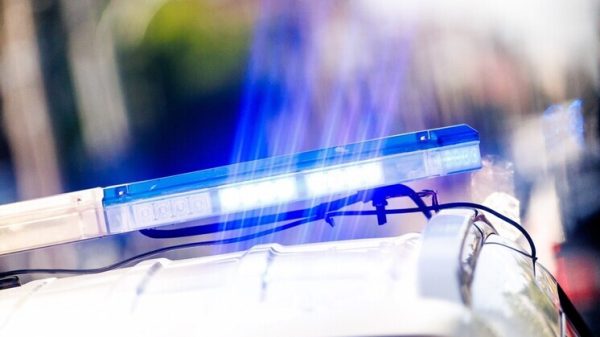



















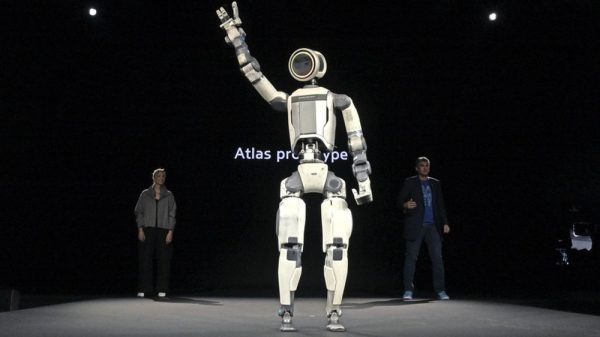




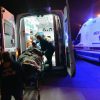


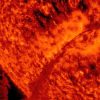












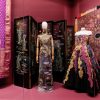








Свежие комментарии